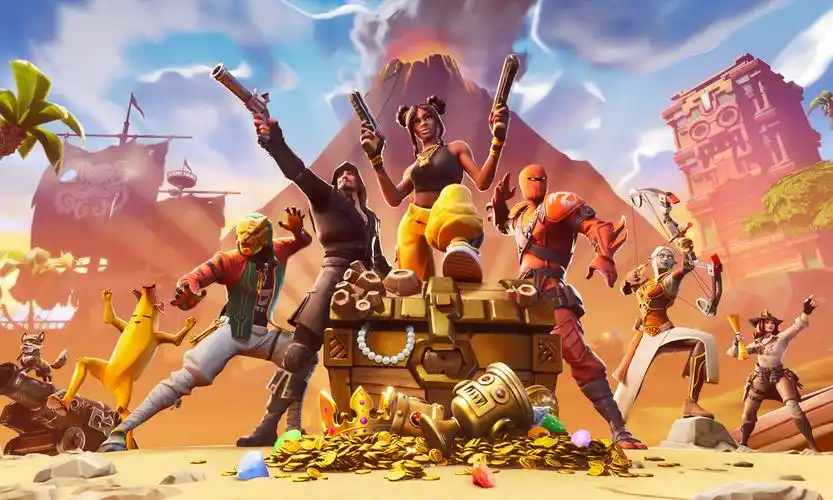Title: "Military Dispatcher Simulator VR" Deploy Missions Update: Redefining Tactical Command in Virtual Reality
Introduction
Virtual reality (VR) has revolutionized gaming and simulation, offering immersive experiences that blur the lines between reality and digital worlds. "Military Dispatcher Simulator VR," a groundbreaking tactical simulation game, has taken this immersion to the next level with its latest "Deploy Missions" update. This update transforms the game from a routine dispatch simulator into a dynamic, high-stakes command center experience, challenging players to think like military strategists while managing resources, personnel, and missions in real-time. In this article, we explore the key features of the update, its impact on gameplay, and why it sets a new standard for VR military simulations.
The Core Gameplay: Before the Update
Before the "Deploy Missions" update, "Military Dispatcher Simulator VR" focused primarily on logistical tasks. Players acted as dispatchers, coordinating troop movements, managing supply chains, and responding to routine incidents like patrols or minor emergencies. While engaging, the gameplay lacked the urgency and complexity of real military operations. The update addresses this by introducing deployable missions that require strategic decision-making under pressure.
Key Features of the Deploy Missions Update

-
Dynamic Mission Generation
The update introduces a procedurally generated mission system, ensuring no two playthroughs are alike. Missions range from rescue operations and convoy escorts to high-risk combat deployments. Each mission comes with unique objectives, environmental factors (e.g., weather, terrain), and unpredictable enemy AI behavior. This dynamism forces players to adapt quickly, enhancing replayability. -
Resource Management Overhaul
Players must now manage limited resources, including troops, vehicles, ammunition, and medical supplies. The update adds a resource allocation interface where players prioritize missions based on available assets. For example, deploying too many units to one mission might leave others vulnerable. This layer of strategy mirrors real-world military logistics, where every decision has consequences. -
Tactical Command Interface
A new VR-friendly command interface allows players to issue orders with intuitive hand gestures and voice commands. Using VR controllers, players can drag units across a digital map, set waypoints, and coordinate multi-pronged attacks. The interface also includes real-time intelligence feeds, such as satellite imagery and drone footage, adding to the immersion. -
Cooperative Multiplayer Mode
The update introduces a cooperative multiplayer mode where up to four players can work together in a virtual command center. Each player takes on a specialized role—e.g., logistics coordinator, intelligence analyst, or field commander—fostering teamwork and communication. This mode emphasizes the collaborative nature of military operations and is perfect for VR enthusiasts seeking a social experience. -
Enhanced Realism and Authenticity
The developers collaborated with military veterans to ensure authenticity. Missions now include realistic radio communications, equipment malfunctions, and moral dilemmas (e.g., civilian casualties). The VR environment has also been upgraded with spatial audio, haptic feedback, and detailed visuals, making every mission feel tense and lifelike.
Impact on Gameplay and Player Experience
The "Deploy Missions" update elevates "Military Dispatcher Simulator VR" from a niche simulation to a must-play title for strategy fans. Players report increased engagement due to the higher stakes and unpredictability. The resource management system encourages critical thinking, while the cooperative mode builds camaraderie. VR’s immersive nature amplifies the stress and excitement of command decisions, making successes feel rewarding and failures impactful.
Why This Update Matters for VR Gaming
This update demonstrates VR’s potential beyond action-oriented games. It proves that slow-paced, cerebral experiences can be just as captivating in virtual reality. By focusing on strategy and simulation, "Military Dispatcher Simulator VR" appeals to a broader audience, including military enthusiasts, puzzle solvers, and VR newcomers. The attention to detail and authenticity also sets a benchmark for future military simulations.
Conclusion
The "Deploy Missions" update for "Military Dispatcher Simulator VR" is a game-changer, literally and figuratively. It transforms a solid foundation into a deep, replayable, and intensely immersive tactical experience. Whether you’re a solo player looking for a mental challenge or a team player eager to coordinate with friends, this update delivers something unique. As VR technology continues to evolve, updates like this remind us that the virtual world is limited only by imagination—and strategic genius.
Tags:
















